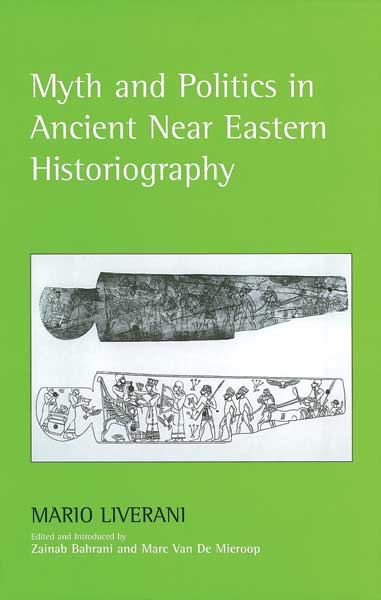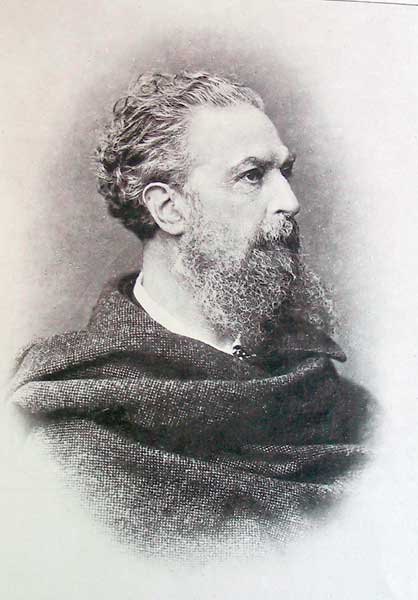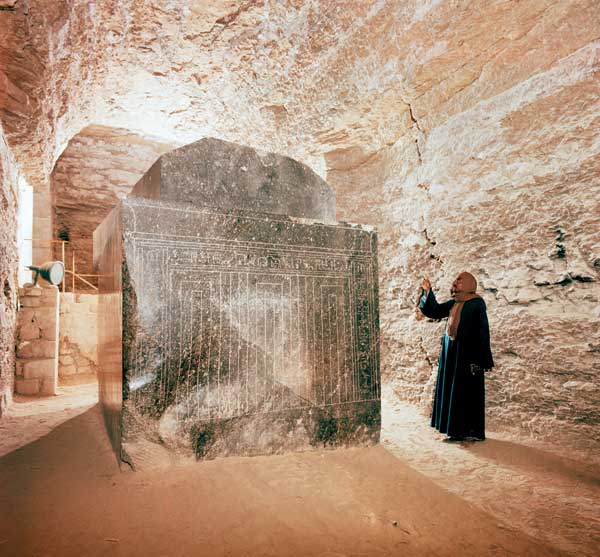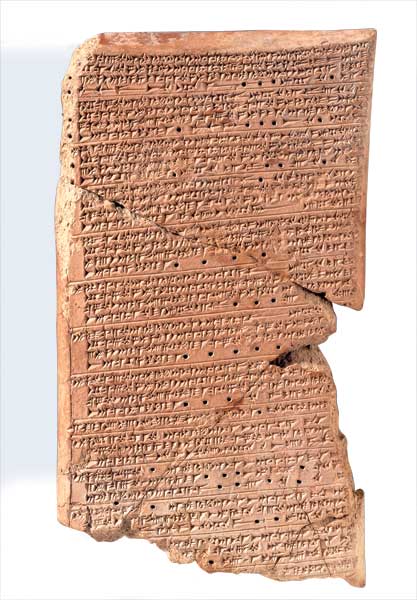Archaeology Odyssey
Archaeology Odyssey takes the reader on a journey through the classical world as seen through the eyes of the top archaeologists in the discipline. Written with you in mind, the experts explain the latest in classical research in a way that is accessible to the general public. Read the complete series today!
Past Perfect: New Etruscan Jewelry
Field Notes
Editors’ Page: Ages in Chaos?
Periodically, about once a generation, someone awakens the slumbering giant of ancient chronology, the discipline that tells us when the pyramids were built, Troy was destroyed, and Hannibal crossed the Alps.
Gilgamesh—Like You’ve Never Seen Him Before
Manetho and the Egyptian Dynasties
In the third century B.C., a Greek-speaking Egyptian named Manetho compiled a comprehensive list of ancient Egypt’s pharaohs. Manetho served as a priest during the reigns of the first two Ptolemaic kings, Ptolemy I Soter (304–285 B.C.) and Ptolemy II Philadelphus (285–246 B.C.). In his book on the history of Egypt, called Aegyptiaca, Manetho grouped Egyptian pharaohs into 30 dynasties, a system we still use today.
The Evidence: Funerary Stelae
The Evidence: Double Dates
The Evidence: Astronomy
In the late 19th century, a number of cuneiform astronomical texts were uncovered in excavations at Babylon and shipped to the British Museum. Among these texts were the Babylonian Diaries. The first astronomical texts were transcribed by the Assyriologist Johann Strassmaier. The mathematician and astronomer Joseph Epping began the decipherment of their astronomical contents.




